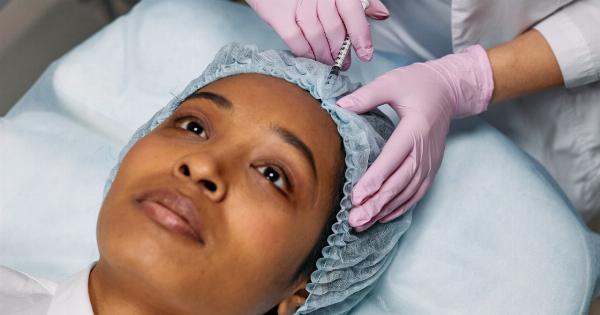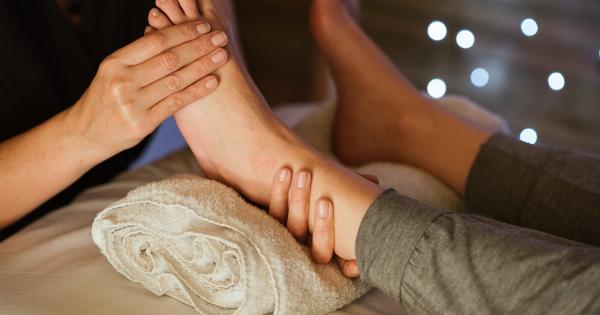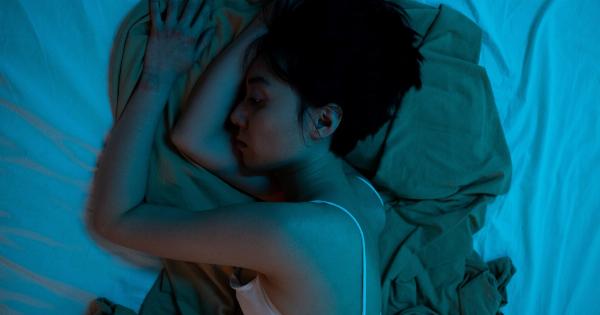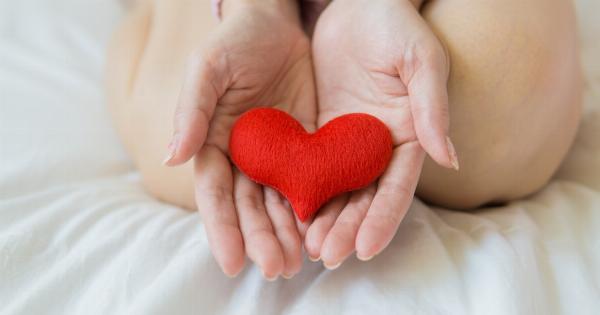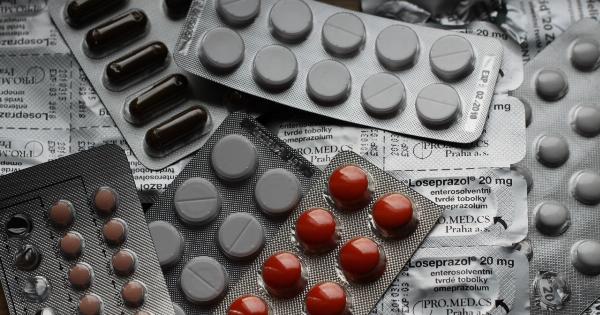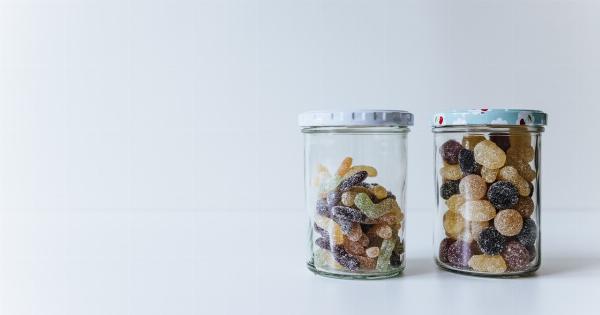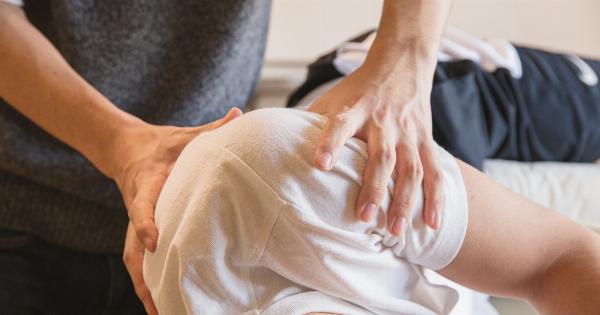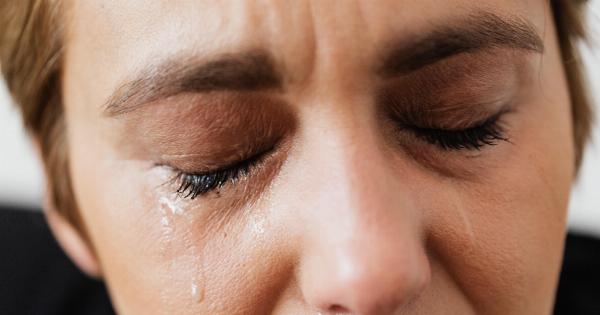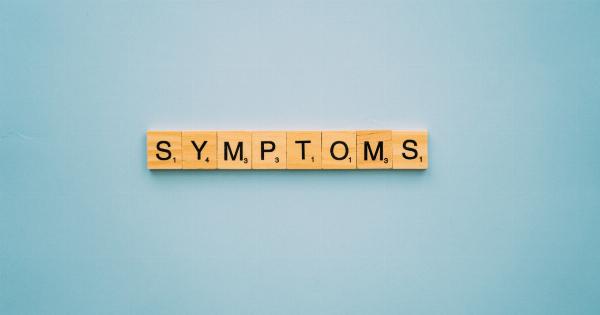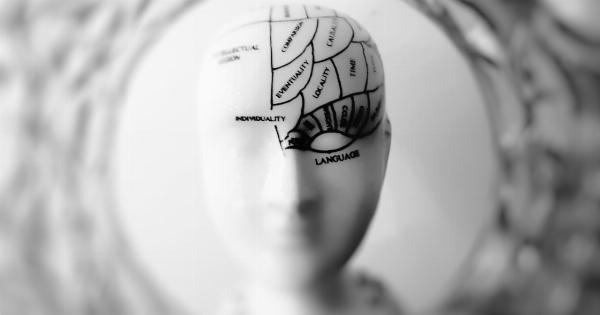Stroke is a devastating condition that affects millions of people worldwide. Not only does it have physical and cognitive consequences, but it also impacts the mood and concentration of the patients.
Recognizing the importance of addressing these emotional and cognitive aspects of stroke recovery, researchers and healthcare professionals have been exploring new treatments to enhance stroke patients’ mood and concentration. This article aims to explore some of these innovative approaches and their potential benefits in stroke rehabilitation.
1. Cognitive Behavioral Therapy (CBT)
Cognitive Behavioral Therapy (CBT) is a psychotherapy approach that has shown promising results in improving the mood and concentration of stroke patients.
CBT focuses on identifying and modifying negative thought patterns and behaviors that contribute to depression and anxiety. By challenging and replacing these negative thoughts, stroke patients can develop healthier coping strategies and improve their overall well-being.
2. Mindfulness Meditation
Mindfulness meditation has gained significant attention as a complementary treatment for various health conditions, including stroke.
This practice involves training the mind to focus on the present moment and bring awareness to thoughts, emotions, and bodily sensations without judgment. Studies have suggested that mindfulness meditation can help reduce stress, anxiety, and depression, leading to improved mood and concentration in stroke patients.
3. Transcranial Magnetic Stimulation (TMS)
Transcranial Magnetic Stimulation (TMS) is a non-invasive technique that uses magnetic fields to stimulate specific regions of the brain. In recent years, TMS has emerged as a potential treatment for post-stroke depression and cognitive impairments.
By targeting specific brain areas involved in mood regulation and cognitive functions, TMS can help restore neuronal activity and improve mood and concentration in stroke patients.
4. Repetitive Transcranial Magnetic Stimulation (rTMS)
Repetitive Transcranial Magnetic Stimulation (rTMS) is a variant of TMS that delivers repeated pulses of magnetic stimulation to the brain over time. This technique has shown promise in enhancing mood and cognition in stroke patients.
By modulating the excitability of targeted brain regions, rTMS can improve neuroplasticity and enhance the brain’s ability to reorganize and recover after stroke.
5. Virtual Reality (VR) Therapy
Virtual Reality (VR) therapy has revolutionized the field of stroke rehabilitation by providing immersive and interactive environments for therapeutic interventions.
VR therapy can be used to target mood and concentration deficits in stroke patients through various applications. For instance, virtual environments can create relaxing and enjoyable scenarios to improve mood, while cognitive tasks and challenges within the virtual world can enhance attention and concentration skills.
6. Pharmacological Interventions
In addition to psychotherapeutic and non-invasive techniques, pharmacological interventions can also play a crucial role in addressing mood and concentration disturbances in stroke patients.
Antidepressant medications, such as selective serotonin reuptake inhibitors (SSRIs), have been commonly prescribed to alleviate post-stroke depression. These medications can help enhance mood and improve cognitive functioning in stroke patients.
7. Nutritional Interventions
The role of nutrition in stroke recovery is gaining increased attention. A well-balanced diet rich in nutrients can support overall brain health and positively impact mood and concentration.
Omega-3 fatty acids, found in fish oil and flaxseed, have shown potential benefits in reducing post-stroke depression. Additionally, maintaining optimal levels of vitamins B6, B12, and folate can support cognitive function and enhance mood regulation.
8. Physical Exercise
Physical exercise is known to provide numerous benefits for stroke patients, including improvements in mood and concentration. Regular physical activity promotes the release of endorphins, which are natural mood-enhancing chemicals in the brain.
Moreover, exercise stimulates neuroplasticity and the production of new neurons, contributing to cognitive improvements in stroke patients.
9. Social Support and Engagement
Social support and engagement play a crucial role in stroke recovery, including the enhancement of mood and concentration.
Participating in support groups or engaging in social activities can improve emotional well-being and reduce feelings of isolation. By fostering social connections, stroke patients can find encouragement, companionship, and a sense of belonging that positively impacts their overall mental state.
10. Occupational Therapy
Occupational therapy focuses on helping stroke patients regain independence and engage in meaningful activities.
By collaborating with occupational therapists, stroke patients can develop strategies to improve their concentration and mood while performing daily tasks. Occupational therapists can assist in setting realistic goals, implementing adaptive techniques, and providing a supportive environment for stroke patients to enhance their psychological well-being.
Conclusion
Addressing the mood and concentration deficits in stroke patients is essential for their overall well-being and successful rehabilitation.
The innovative treatments discussed in this article, including Cognitive Behavioral Therapy, mindfulness meditation, transcranial magnetic stimulation, virtual reality therapy, and various other interventions, offer promising avenues for improving the emotional and cognitive outcomes of stroke survivors. By incorporating these approaches into stroke rehabilitation programs, healthcare professionals can significantly enhance the quality of life for stroke patients, enabling them to regain their independence and lead fulfilling lives.

